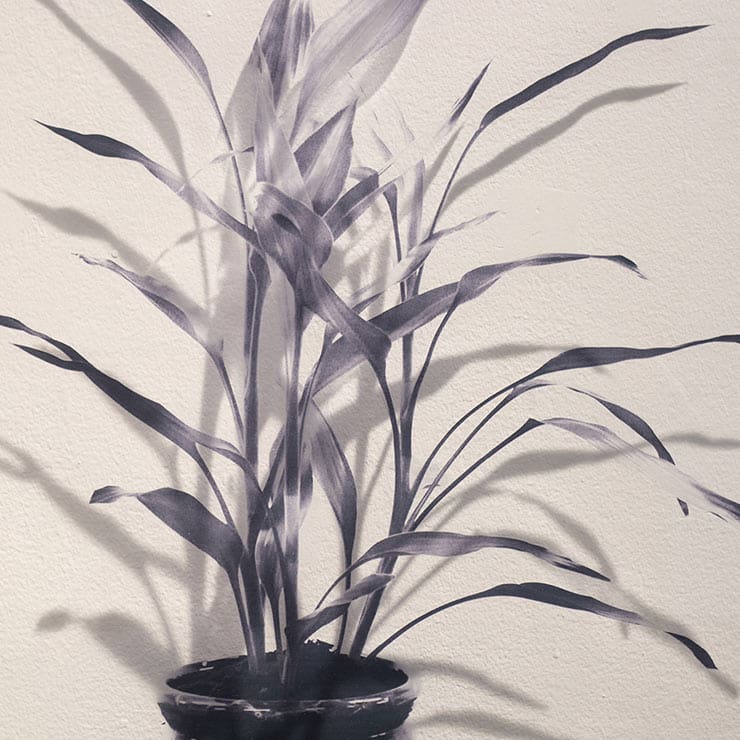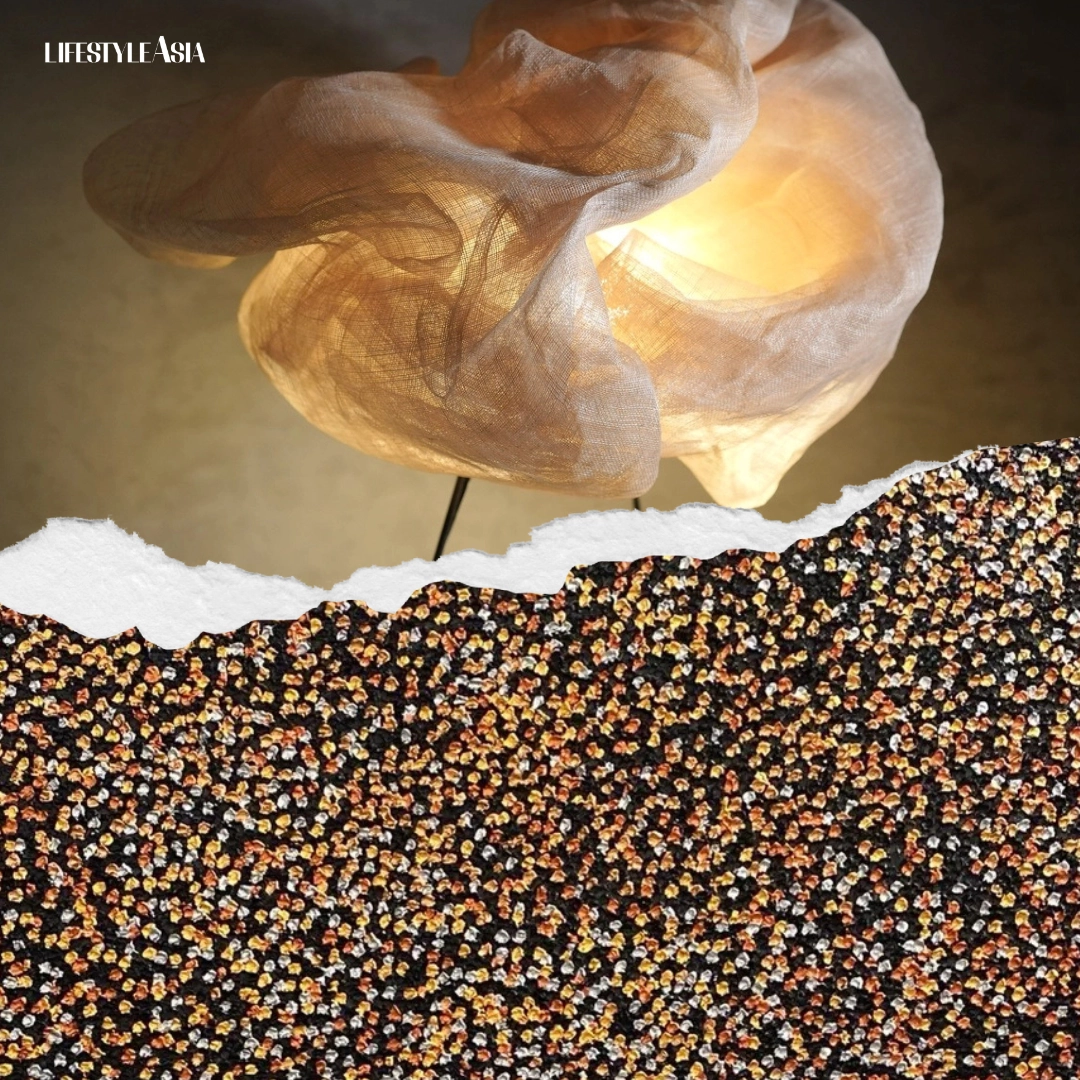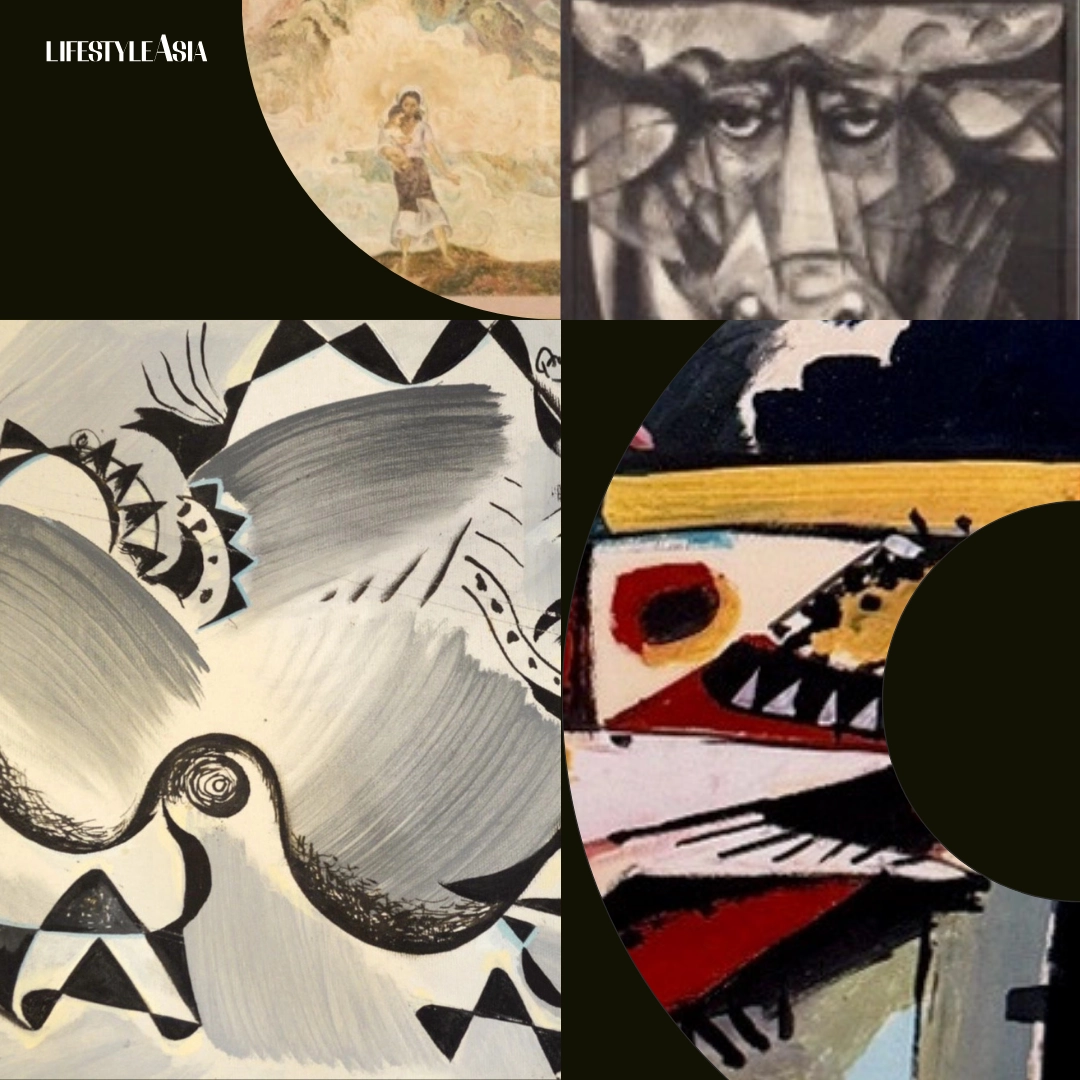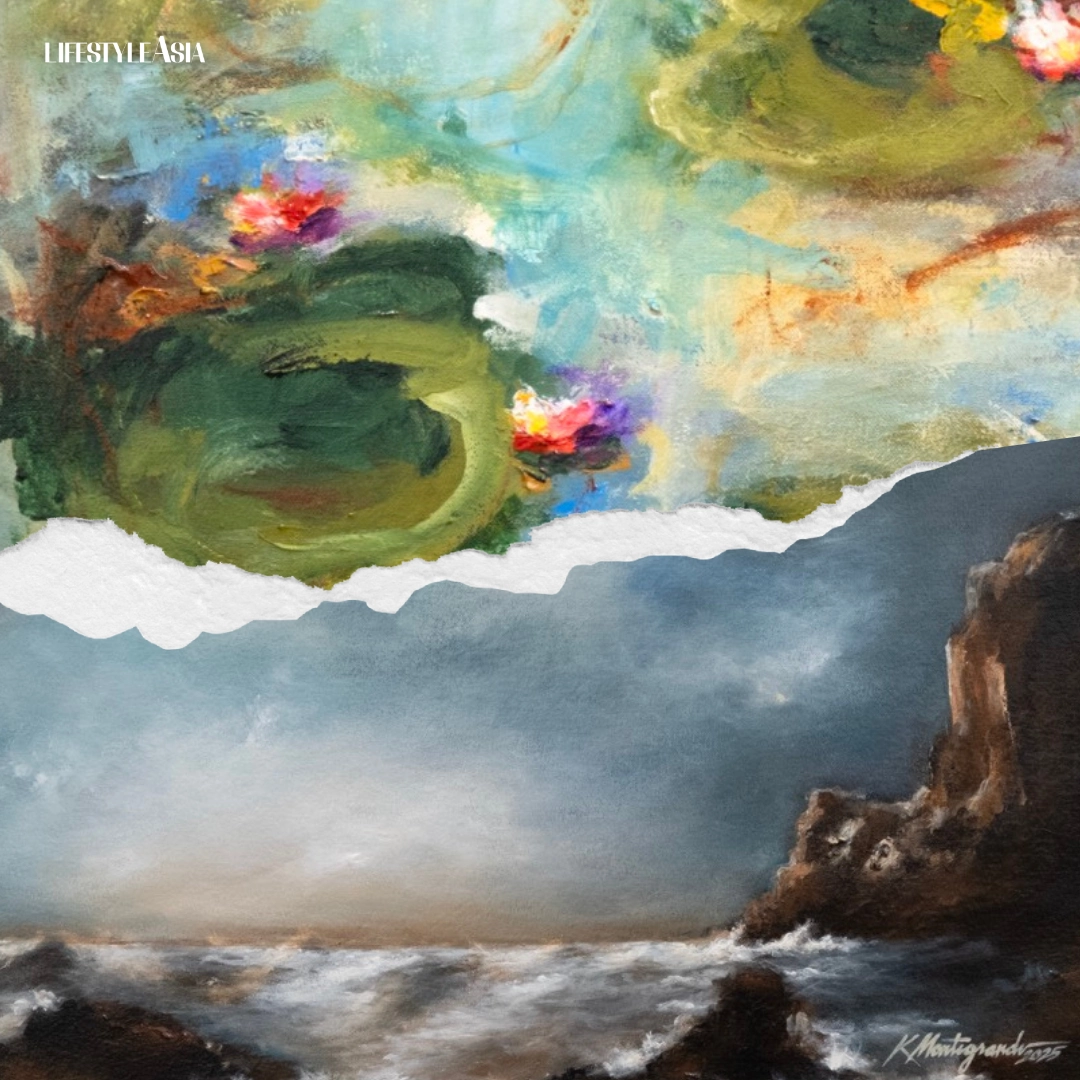“Brighter Than Many Ever See,” which opens at Silverlens Galleries on September 4, includes insights from the Philippine Nuclear Research Institute.
For her show at Silverlens Galleries, Issay Rodriguez will continue to be fascinated by the natural world, particularly of ornamental plants. The pieces in “Brighter Than Many Ever See” takes the viewer from the family garden of the artist to the halls of the Philippine Nuclear Research Institute (PNRI).
READ ALSO: Light And Shade: How La Prairie Is Decoding The Creative Genius Of An Artistic Master
Rodriguez has been learning about plant breeding methods from PNRI scientists, particularly from Atomic Research Division senior science research specialist Fernando Aurigue. These methods include even gamma irradiation, which can directly change the DNA and cause mutations of the plants.
In understanding the transformation of plants, Gwen Bautista writes for Silverlens, the artist connects it with the renewal of memories and experiences—which is particularly poignant given that COVID has forced us indoors and into introspection among these life forms.

Art and education
A Jose Moreno Foundation scholar, the University of the Philippines-educated Rodriguez also attended the École Nationale Supérieure des Beaux-Arts in Paris.
According to her profile in the gallery’s website, her practice currently revolves around themes on humanism and ecology. While she primarily works on drawings and cyanotypes, she remains open to others forms.

“Through research and community engagements enabled by artist residencies and inter-disciplinary collaborations, she is able to work on projects that allow oneself to think about how thoughts, emotions, and values can be explained or expressed through art and technology,” the bio reads.
Some of her recent projects, residencies, and galleries that have showcased her works includeB+, Bamboo Curtain Studio in Taipei (2019); VANISHING IN THE PROCESS: Exploration of Dream States and Symbolism, between LIR Space, Yogyakarta, and 98B Manila; and a collaborative project for Viva Arte Viva 57th Venice Biennale in 2017.
Light and contrast
The title of Rodriguez’s show, which opens on September 4, is an excerpt from a poem by Langston Hughes.
Written in 1931, the piece by the African-American poet was a tribute for the humanitarian and deafblind author Helen Keller. It was meant to contrast her inner light and how bright her accomplishments shine despite being unable to see physically.
“It was a fitting description of the actual and symbolic importance of light in Rodriguez’s body of works and the mediation of science in the process of breeding plants,” writes Bautista.

A series of photographs are rendered in monochromatic prints for the exhibit, which, as Bautista describes, emphasizes the “beauty of plant forms while the void in its surroundings is emitting a sense of opulence captured amid light.”
Rodriguez’s artistic fascination with this theme was first realized in 2014 when we produced a series of cyanotype prints from sand patterns, which evolved to producing imprints of nature. For this new show, she is inspired by her observations of her mother tending to their garden of the scientists at the PNRI.
Memories in nature
There is an attempt to build a collection of botanical prints from the PNRI archives, Bautista shares.
“In doing so, Rodriguez prompts a discussion on the historicization of plant forms; botanical archives are instrumental in understanding ourselves and the environment we participate in, whether voluntary or involuntary,” Bautista writes. “Accordingly, the artist finds this true as she became privy to her parents’ childhood memories while working on the project.”
One such memory is that of Rodriguez’s father, who remembers the shrubs of kamuning and murraya paniculate strewn on carrosa when he watched Catholic processions as a kid in the 60s.
“Rodriguez reconciles this memory with facts from her research on the subject: that the variant of kamuning in her father’s story back then may be different from the ones that can now be found in the present, which shows a gradual movement of epiphany that changes throughout generations and identities,” Bautista writes.

Because of this, Rodriguez’s works insist, these plants are natural holders of memories.
For more information on the show, visit SilverLensGalleries.com.
Banner Photo: Notes on chlorophyll mutants (Dracaena Sunbeam) / Photo courtesy of Silverlens





